What is Direct Cash Flow Method and When to Use It

The cash flow statement is one of 3 pillars of every financial system within a company, next to the income statement and balance sheet. But unlike the income statement, the cash flow statement focuses only on actual cash transactions. Why is this important? Cash flow is the best measure of a company’s liquidity. It […]
Cash Ratio Definition – A Simple Guide to Liquidity + Examples
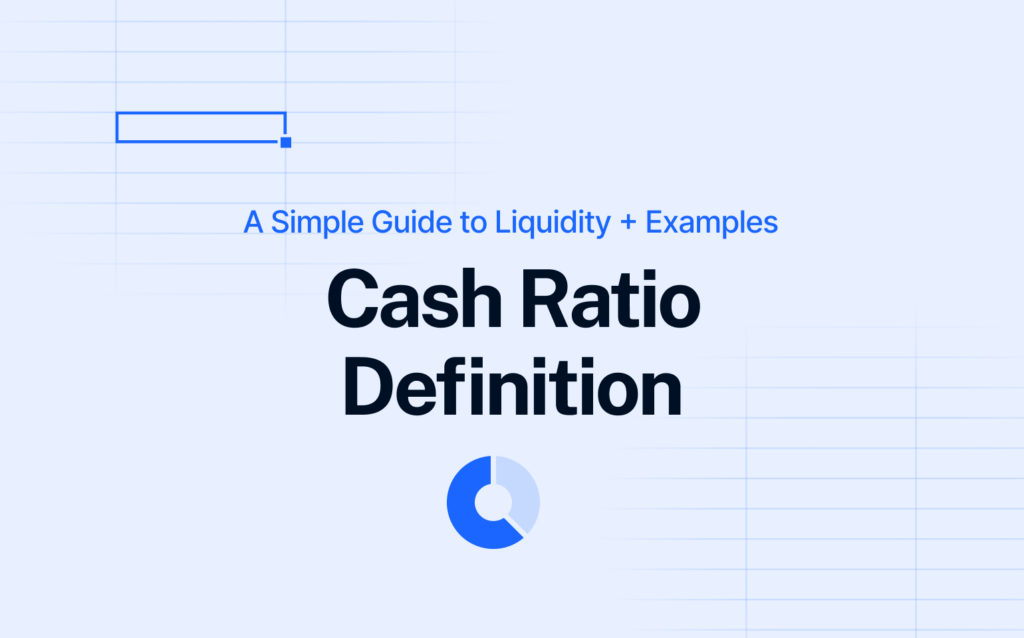
In finance, liquidity is everything. For companies, having enough cash to cover short-term debts is key for stability. Understanding the cash ratio definition is key—it’s a quick, reliable way to check if a company has enough cash on hand to meet immediate obligations. In this guide, we’ll walk through what the cash ratio is, how […]
Liquidity and Solvency Ratios – Metrics for Your Business’ Survival

Do you wonder if your business can survive both today’s demands and tomorrow’s challenges? Liquidity and solvency ratios reveal if a business is built to last. In this guide, we’ll cover the essential ratios that finance teams use to stay agile in the short term and secure for the long haul. Read: A […]
Classified Balance Sheet Explained
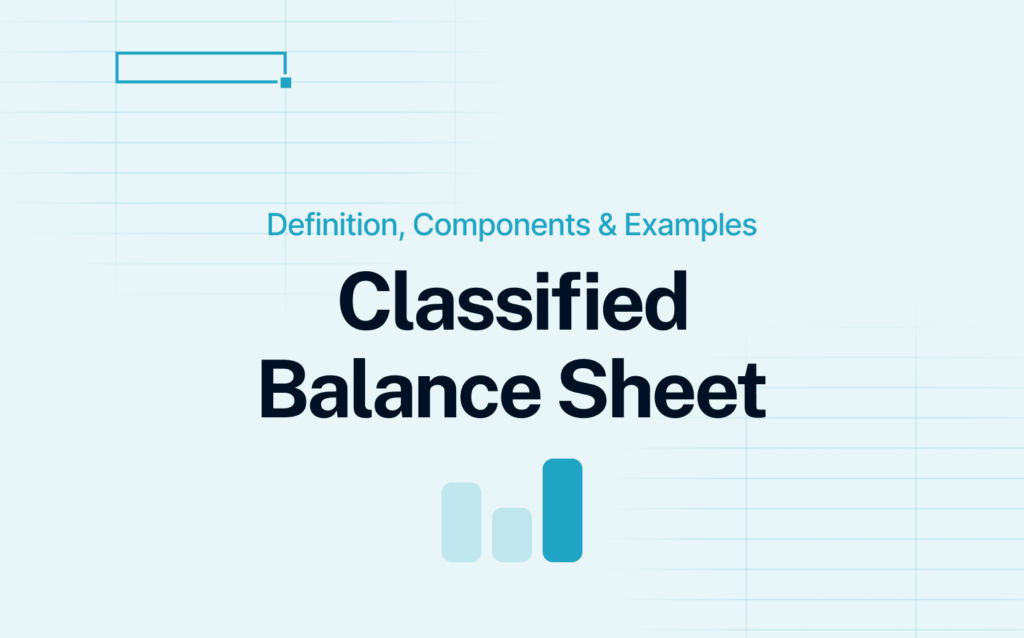
When we talk about balance sheets, we’re actually referring to the core financial statements that describe a company’s financial health at a specific moment. A balance sheet outlines a business’s assets, liabilities, and shareholder equity. This makes it easier for stakeholders to understand a business’s financial standing. However, when it comes to making in-depth […]
What’s a Comparative Balance Sheet and Why You Need It
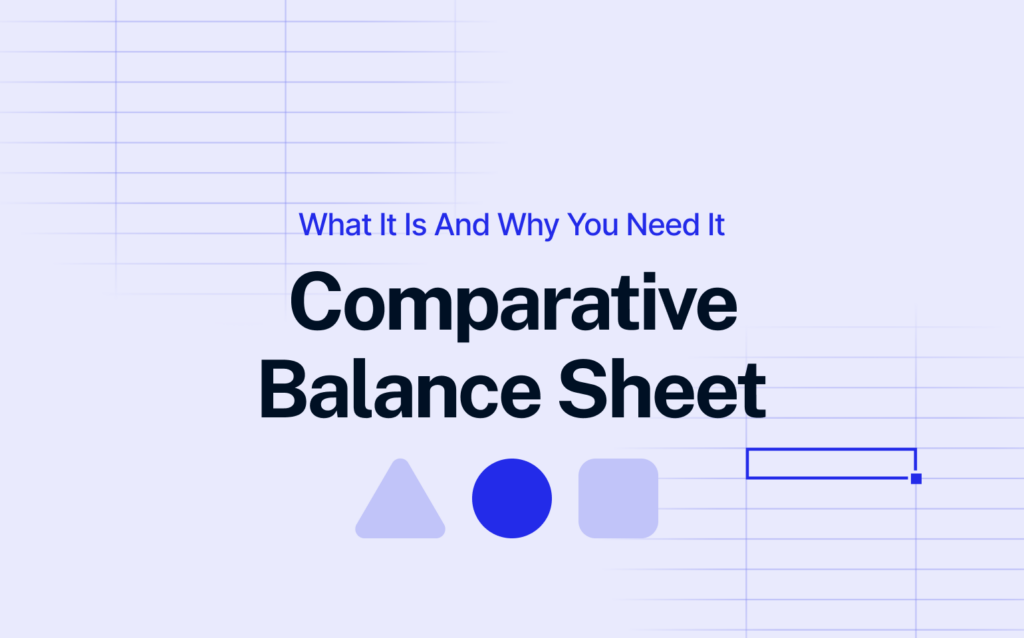
Understanding a company’s financial health involves several factors, and a comparative balance sheet is one of them. After all, financial statements provide a clear picture of business performance Read: A Complete Guide to Financial Statement Analysis for Strategy Makers A comparative balance sheet allows you to compare the company’s financial position over several […]
How to Do a Profitability Analysis That Actually Improves Your Bottom Line
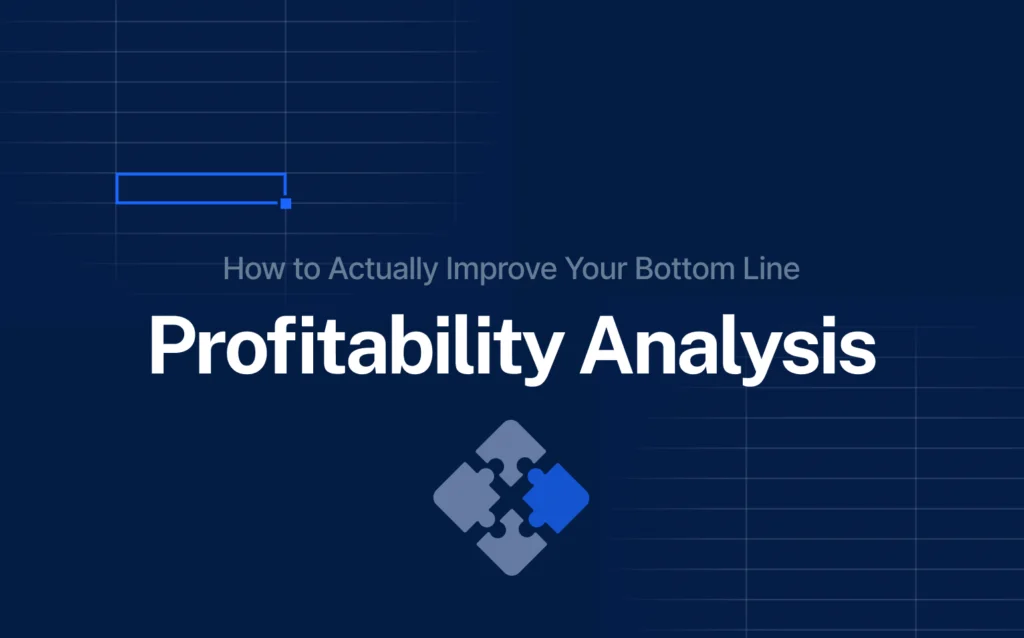
Profitability analysis shows you what’s really making you money, and what’s just eating up resources. Too many companies chase revenue without realizing that some products, customers, or regions barely break even (or worse, lose money). Finance teams can’t just look at top-line growth. You need to find the real profit drivers, fix bad pricing, […]
The No-Nonsense Guide to Cost-Volume-Profit Analysis
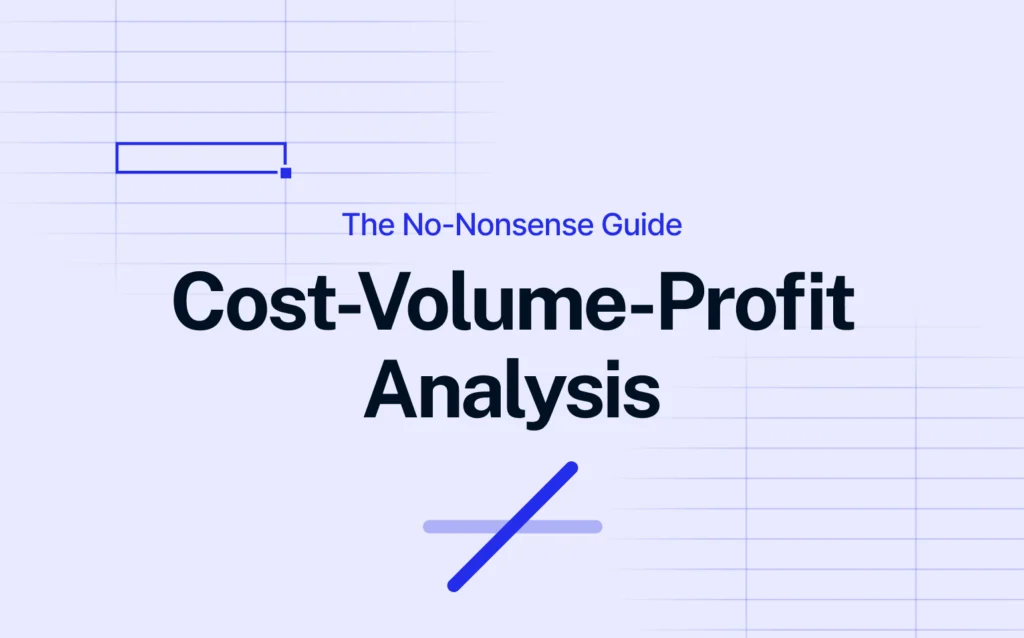
Cost-volume-profit analysis shows exactly how sales, pricing, and costs impact profit. Get it right, and you’ll know how many units to sell to stay profitable. Get it wrong, and targets get missed, budgets fall apart, and profit margins shrink fast. Read: A Complete Guide to Financial Statement Analysis for Strategy Makers Too many […]
Is Unearned Revenue an Asset? Why It’s Not – and Why It Matters
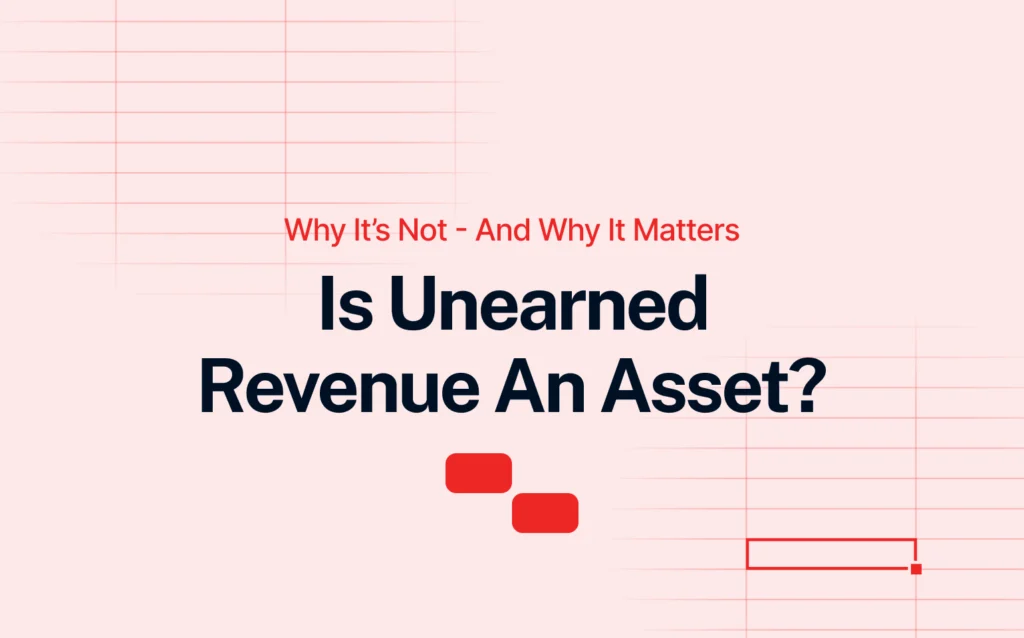
Is unearned revenue an asset? It might look like one because the cash is in your account. But is it really yours yet? Many businesses get this wrong and treat unearned revenue like extra money to spend. In reality, it’s a liability – a promise to deliver something in the future. Misclassifying it can […]
The Only YoY Calculation Guide You’ll Ever Need

YoY calculation is one of the most common ways to track business growth. It looks simple, but it is easy to get wrong. One mistake can distort financial reports, mislead stakeholders, and create false confidence in business performance. Many businesses rely on YoY trends without thinking about context, seasonality, or external factors. That leads […]
Why Companies Prefer Debt: Pecking Order Theory

Ever wondered why some companies decide to take on debt even when they have cash, while others avoid issuing new shares unless absolutely necessary? The Pecking Order Theory explains these decisions. Imagine you’re running a manufacturing company that needs $50 million to expand production. You have three choices: Use your company’s profits (retained […]